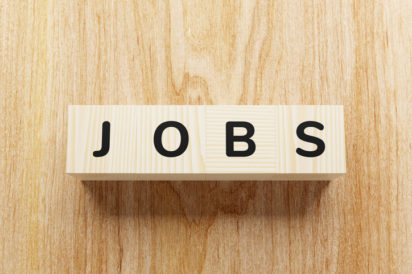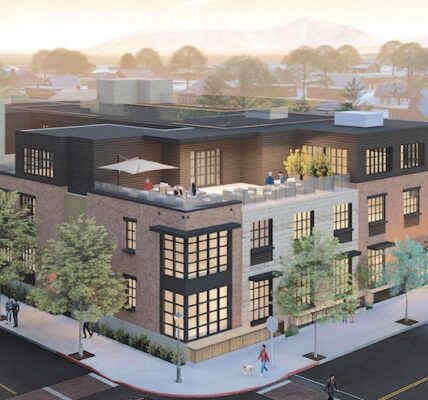Wyoming jobless rate falls to 6.6%; energy-dependent counties still lagging
By Morgan Hughes
Casper Star-Tribune
Via- Wyoming News Exchange
CASPER – Wyoming job-seekers are in better shape than they were five months ago, according to new data from the state’s Department of Workforce Services.
But counties where energy jobs are king are still struggling.
Statewide, unemployment dropped from 7.1% to 6.6% from July to August, continuing a four-month trend of those numbers improving. The national unemployment rate is 8.4%.
Unemployment insurance claims also significantly dropped in August. Initial claims went down nearly 37% from the previous month.
Every Wyoming county except Lincoln County also saw a decrease in unemployment rates from July to August, but counties that rely on energy sector jobs are still seeing high rates of unemployment.
Natrona County has the highest unemployment rate in the state, at 9.4%. It’s an improvement from July, when the rate was higher than 10%, but still a far cry from August 2019, when unemployment was below 4%.
Natrona, Campbell, Sweetwater and Uinta counties had the highest unemployment rates.
“These are all areas that are highly dependent on the energy sector,” David Bullard, a senior economist with the department, said Tuesday.
As businesses reopen and people return to work, the overall picture has gotten better in the state, at least since April, Bullard said.
“But the energy sector has not recovered in any meaningful way,” he said.
The next hardest-hit industry is leisure and hospitality, which is one of Natrona County’s top employers.
Despite the bleak picture for the county, none of the worst case predictions have yet come to fruition.
In April, the first month the county’s travel and tourism bureau had complete data for how COVID-19 was affecting tourism, hotel occupancy sank below 20%, according to that bureau’s director, Brook Kaufman.
In July, occupancy was up to between 45% and 50%.
The best-case prediction at the start of the pandemic didn’t predict occupancy would rise above 40% before August.
The city of Casper, too, predicted a 20% decline in sales tax collections for the year, but while those collections have certainly been down, they haven’t reached the bleakest projections.
Casper hit a historic economic low in May, based on the city’s economic health index — a metric that combines a number of economic factors to determine a score.
But the report suggested the landscape was still improving, despite the historic low.
The financial future of the community remains in flux, as the energy sector struggles and COVID-19 continues to keep people out of work. But the county has made small improvements, suggesting industries outside of energy and tourism are on an upward swing, Bullard said.






